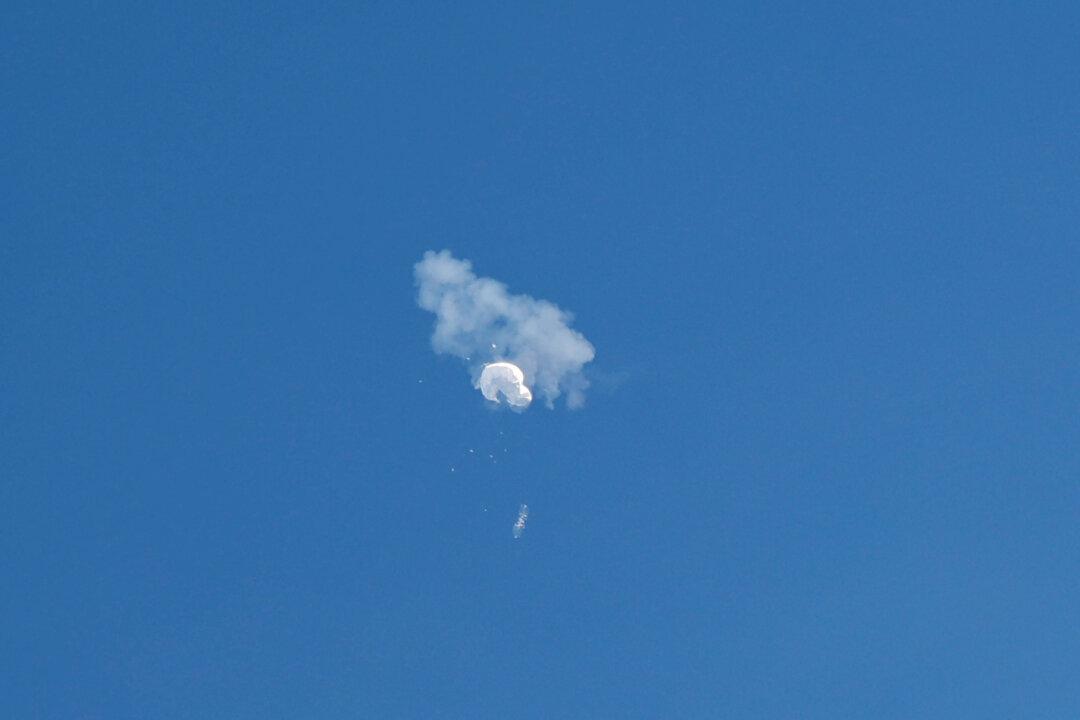The Chinese spy balloon that was found trespassing North American airspace last month was meant to test the response capability of the North American Aerospace Defense Command (NORAD), says Christian Leuprecht, a political science professor at the Royal Military College of Canada.
“Beijing’s espionage and interference are now the single greatest threat to Canada’s democratic way of life,” Leuprecht told the House Canada–China committee on March 20.





